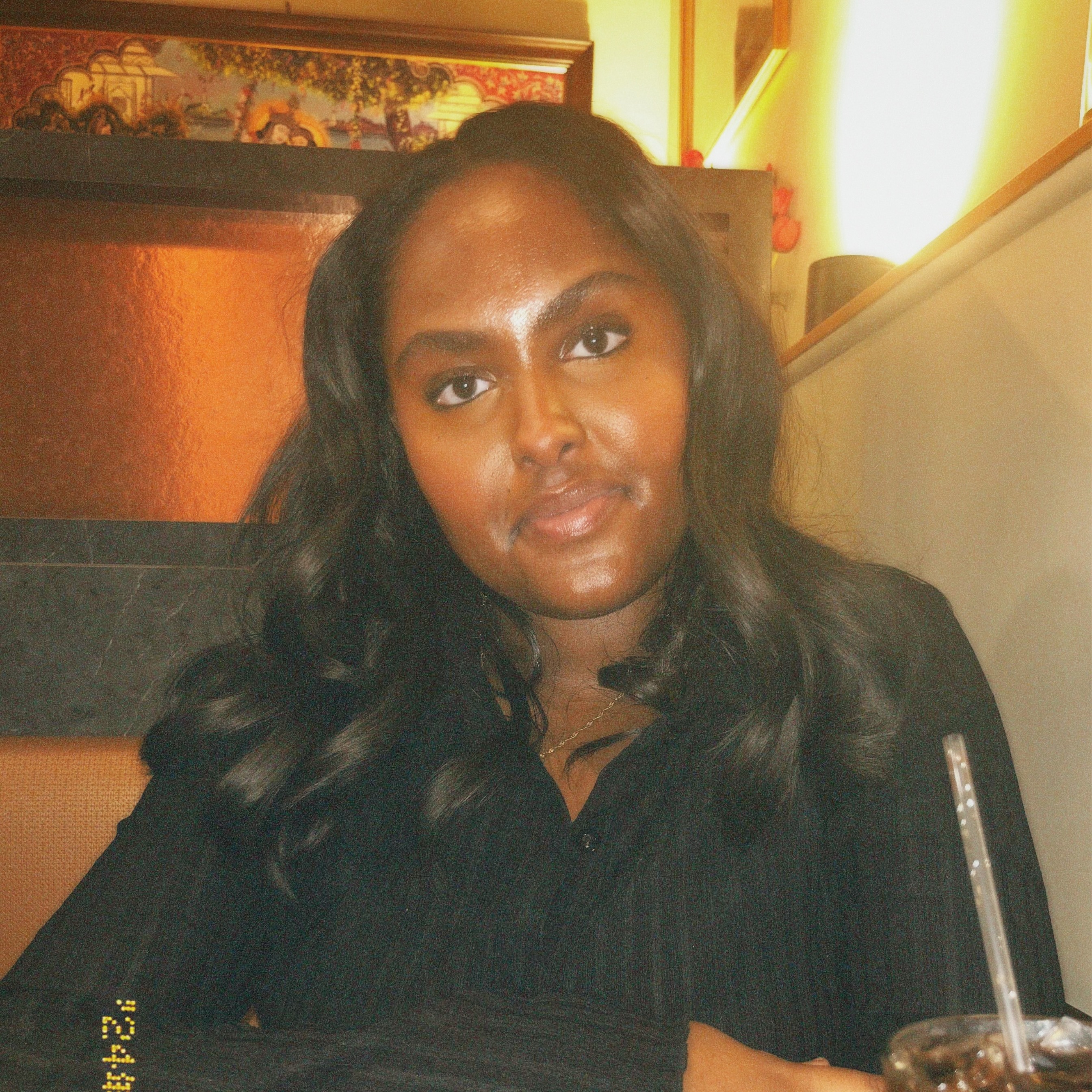Interview Questions
Robyn AI
Product Growth Analyst

How would you find the “magic moment” in a user’s journey for Robyn?
To find the “magic moment” in a user’s journey for Robyn, I’d start by defining what emotional or behavioral shift signals that a user feels the product’s value, not just uses it. For Robyn, which centers around wellness and self-discovery, that moment likely isn’t just the first action but the first time a user feels seen, soothed, or empowered by the app. I’d use a mix of quantitative and qualitative methods: funnel analysis in PostHog to identify where engaged users diverge from casual ones (e.g., completing their first full journal entry, setting a personal goal, or interacting with a daily reflection), paired with user interviews and in-app surveys to understand what those moments felt like. I’d also look for correlation between these events and long-term retention. From there, I’d work cross-functionally to surface this magic moment earlier in the experience , whether that’s reordering onboarding, adjusting copy to build emotional resonance, or nudging users toward high-impact features faster. It’s all about using data to find where delight begins, then designing the path to get users there faster and more often.
Robyn AI
Product Growth Analyst

Share a growth or retention experiment you’ve run (or would run). What tools did you use?
One growth experiment I’d love to run is a “milestone moment” loop designed to boost both retention and shareability in a Gen Z–focused wellness or productivity app like Robyn. The idea is based on the insight that Gen Z doesn’t just want to track progress, we want to celebrate it in a way that feels authentic and shareable. The experiment would trigger small, personalized milestones (for example, “You journaled 3 days in a row” or “You just hit your 7-day streak”) and deliver a visual recap that users could post to Instagram Stories or share with friends. I’d use Firebase to track in-app events and build the logic for milestone triggers, and PostHog to analyze user behavior and identify which habits correlate with stronger retention. I’d also integrate Typeform or in-app surveys to gather feedback on the emotional impact of these moments, and use a Figma or Canva API to auto-generate aesthetically on-brand share cards. This experiment blends behavioral psychology, product design, and social-driven growth in a way that feels strategic and human, which is exactly the kind of work I’m excited to contribute to.
Robyn AI
Product Growth Analyst

What’s a Gen Z-focused app you love and why?
I really love Notion, especially the way it’s evolved to resonate with Gen Z. On the surface, it’s a productivity tool, but it’s become almost a lifestyle app. What drew me in was how flexible and aesthetic it is. Gen Z doesn’t just want functional tools; we want personalization and control over our digital space. Notion gets that.
What’s genius from a product growth perspective is how it lets the community shape the product’s culture. The rise of Notion templates on TikTok and YouTube basically turned users into marketers. It wasn't just organic growth, it was identity driven growth. People didn’t just share Notion because it was useful; they shared it because it said something about who they are.
That blend of utility and self-expression is what keeps Gen Z hooked and it’s exactly the kind of resonance I’d love to help Robyn build on.


